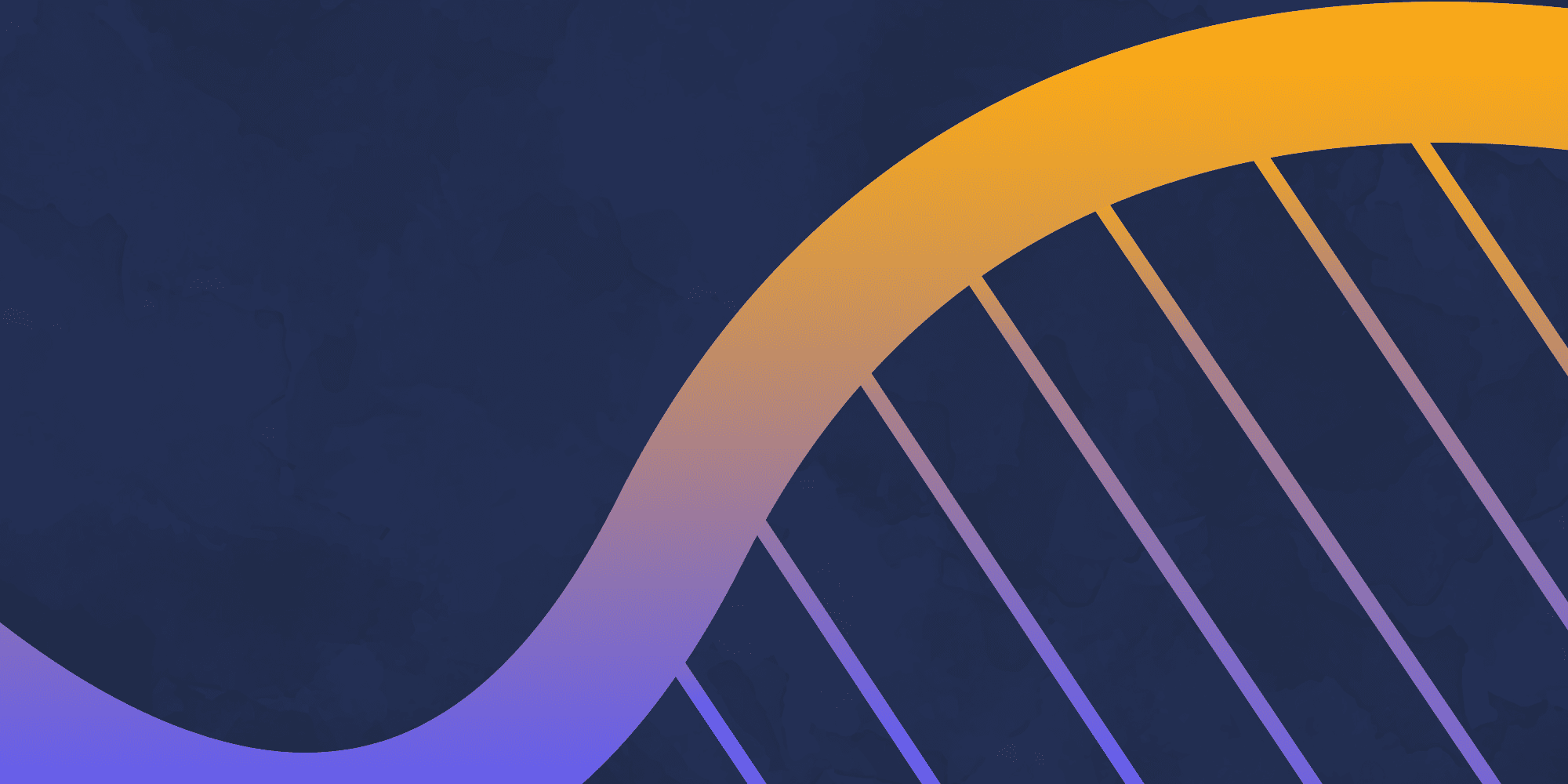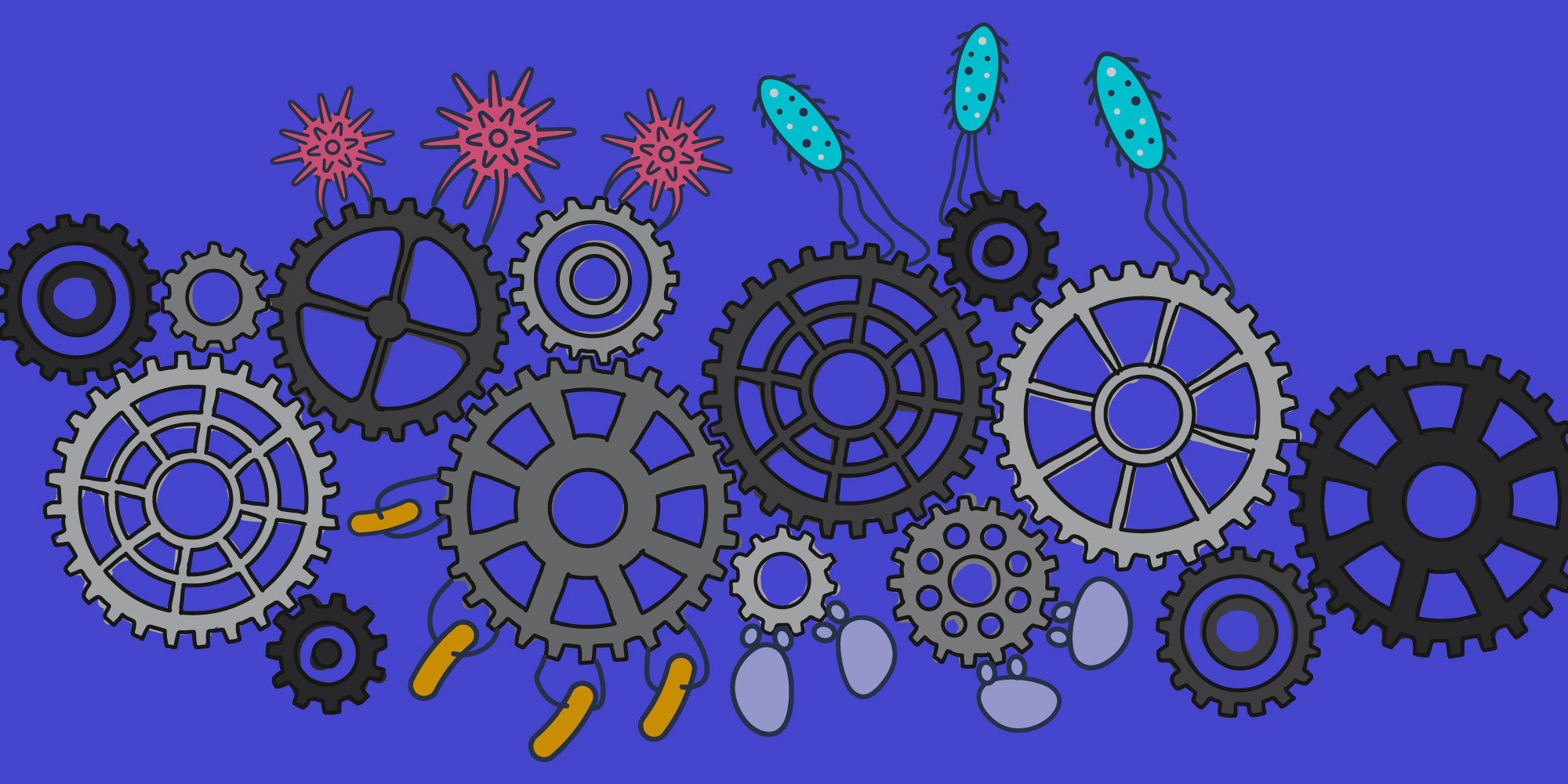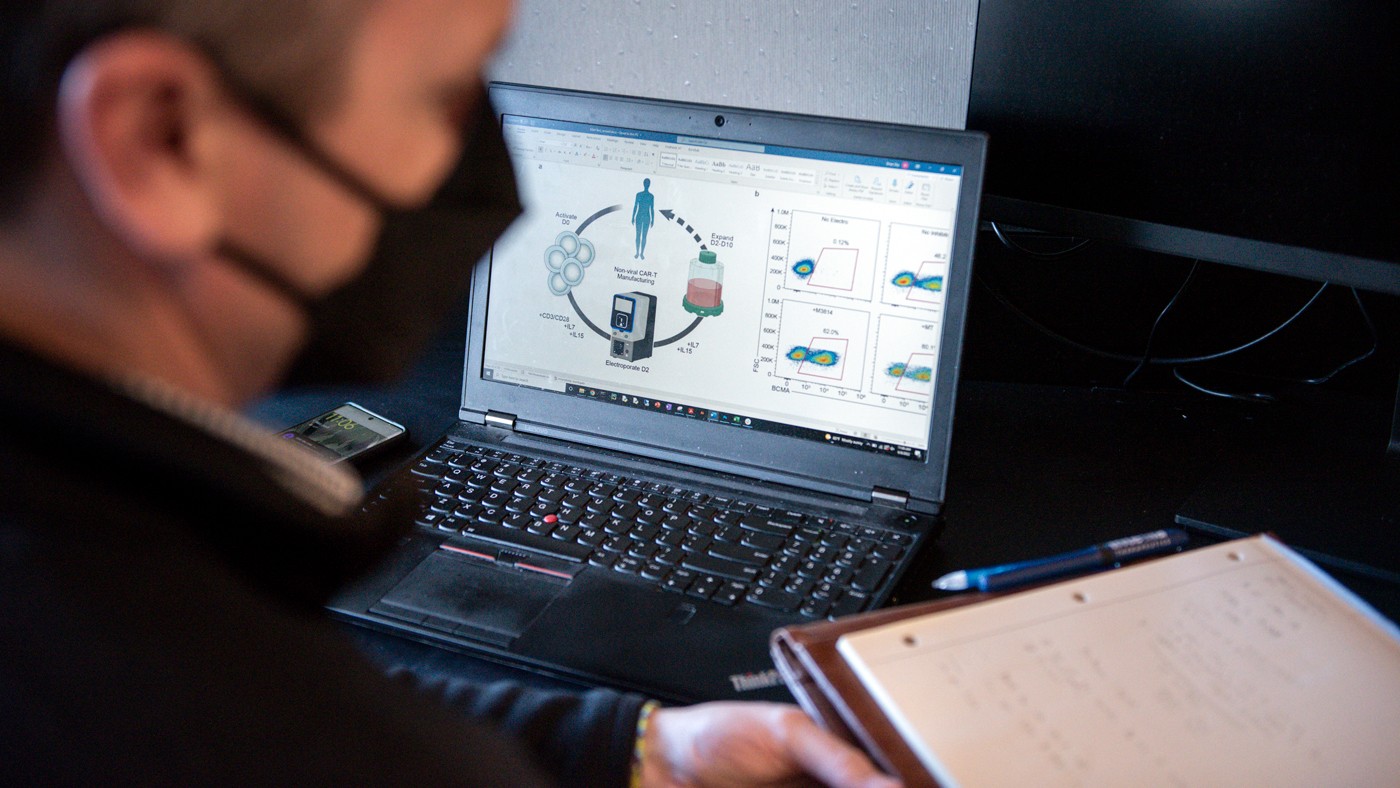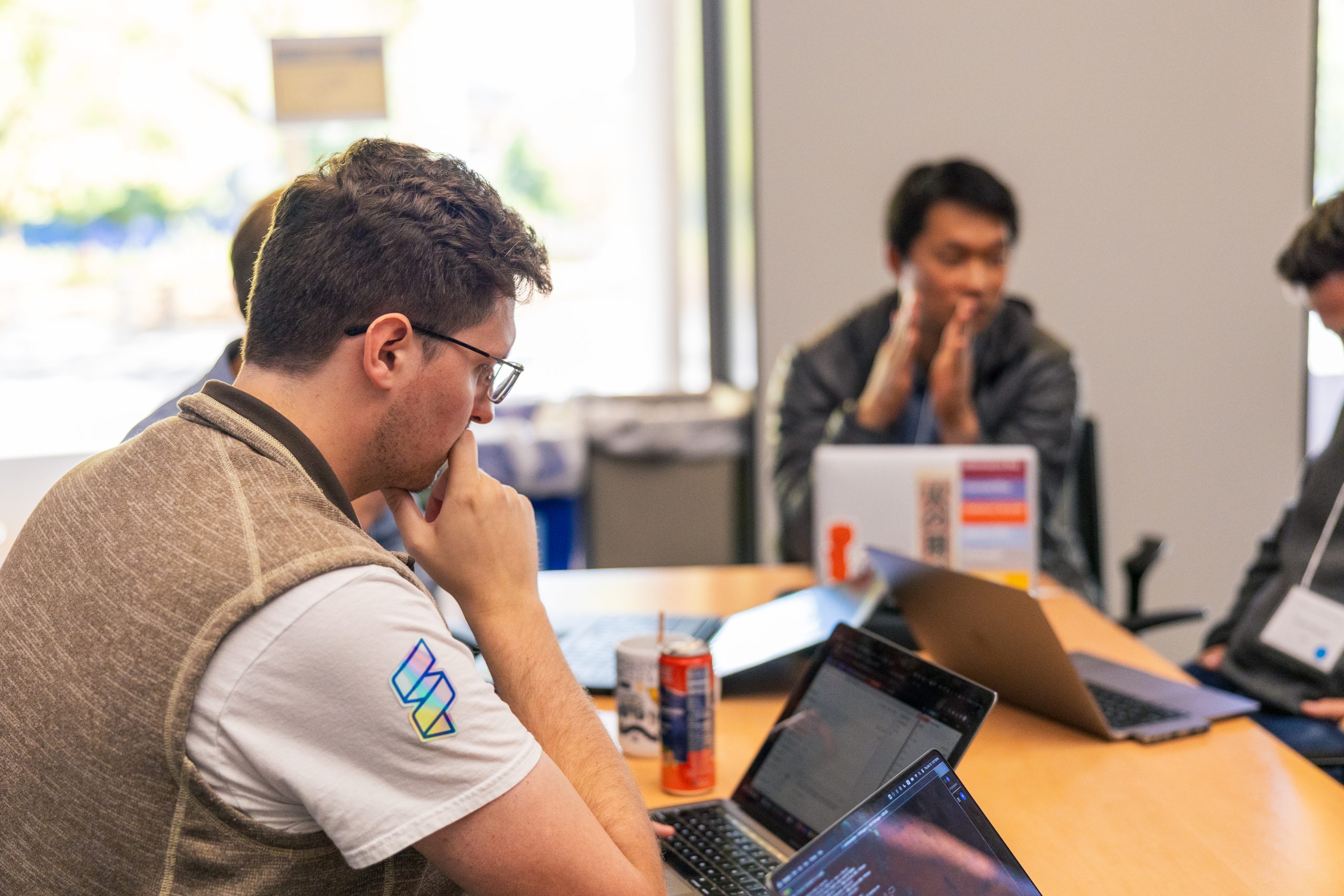
IGI Hackathon Searches for RNA Secrets
Joining biology and AI to hack the ribosome
It all started with a symposium in June. The symposium brought together IGI and UC Berkeley’s Department of Electrical Engineering and Computer Sciences (EECS) and Marena Trinidad was inspired by the possibility for collaboration. Trinidad, a bioinformatician in the Doudna lab, came up with an idea: hackathons hosted out of the IGI building, bringing together computer scientists, bioinformaticians, chemists, and biologists, with each session focused on working together to solve a single problem.
In October, IGI sponsored the inaugural hackathon kick-off, with the support of Amazon Web Services: over 30 Berkeley community members came together to work on using machine learning to come up with new ideas for engineering the ribosome.
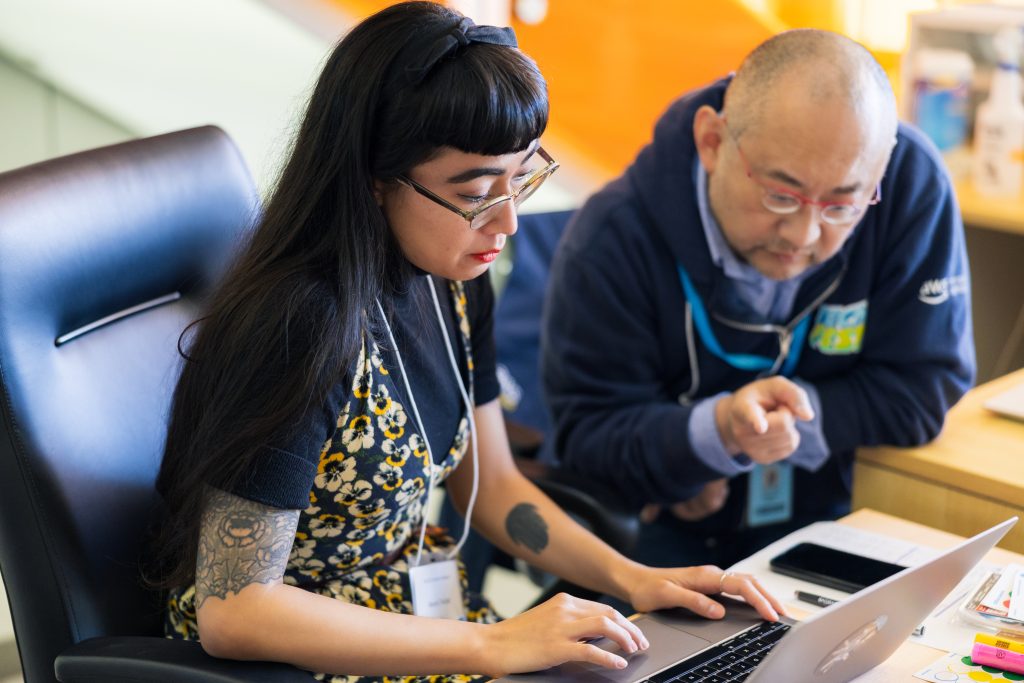
“I’m interested in engineering the ribosome, and to do that, we need to engineer the RNA, not just the proteins,” says Jamie Cate, a Professor of Chemistry. “But the tools out there are very limited, so I thought, wouldn’t it be really cool if we could use deep learning approaches to come up with the right design? Ultimately, we want a deep-learning approach for RNA that could be more general.”
Jigyasa Arora, a bioinformatician in the Rubin lab, is also focused on machine learning.
“By learning new techniques today and interacting with people who have done this before, it gives me a good idea of what I should be thinking about my own project,” says Arora.
Arora also sees a big role for AI moving forward. “For example, protein structure was so slow, with just five or so structures being uncovered each year. Now we can predict proteins pretty accurately with AlphaFold, so we have a whole database of structures to work with.”
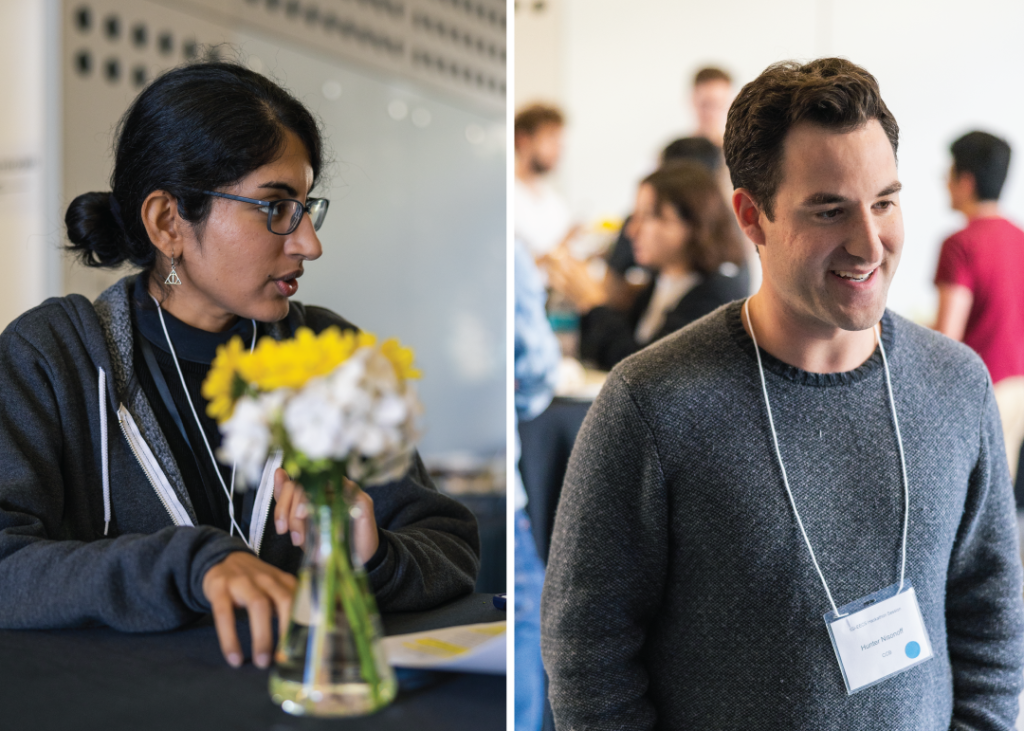
The hackathons are open to all interested community members, from undergraduates to senior scientists. Hunter Nisonoff, a Computational Biology graduate student, is excited for the opportunity to collaborate with the scientists doing experiments at the bench.
“You get a lot of ideas for what sorts of computational problems to work on by talking to biologists,” says Nisonoff. “Ultimately, I’d like to see the tangible products come out of my work and for that we rely on collaboration.”
Nisonoff isn’t worried that AI is coming for scientists’ jobs, though. “I think it’s going to be an essential component of how any lab or company runs. It’s not going to replace people, but it’s going to help biologists get more from the data they’re generating.”
Tara Pande, an undergraduate in EECS, saw the hackathon as an opportunity to network. “I thought I had skills that could be applied to this problem, and it also seemed like a good opportunity to meet people in the field,” says Pande.
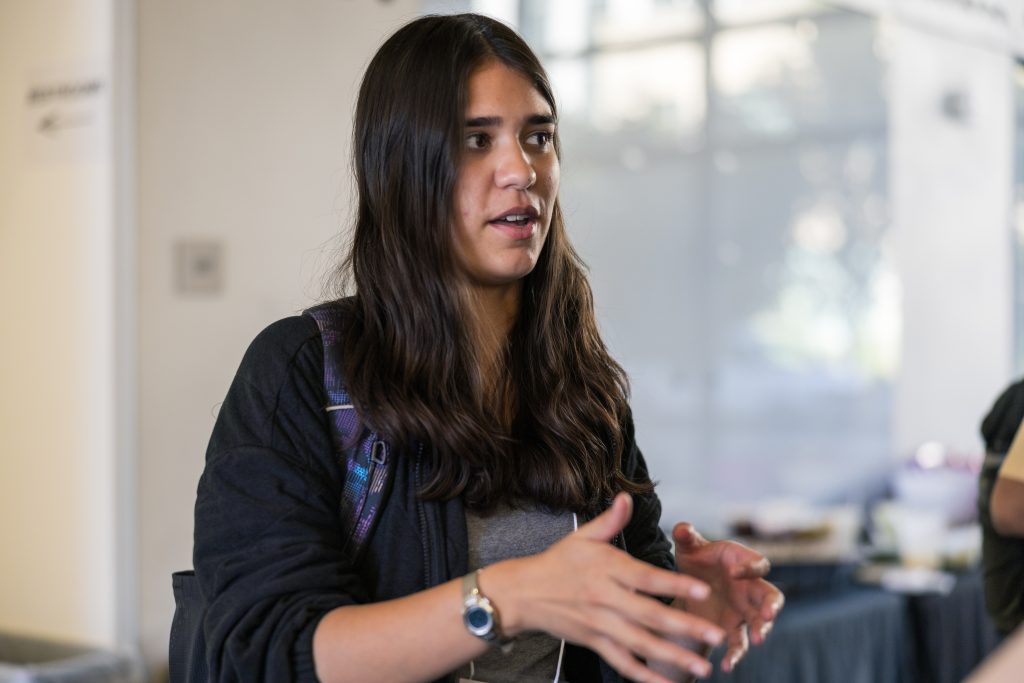
Pande is excited about using machine learning in medicine. “Our healthcare system is so heavily profiting off of the sick. I’m really interested in preventative medicines to treat problems at the source. I’m passionate about the potential for machine learning in drug development and drug discovery.”
Following the event, the hackers have a month to keep working on solutions. Later in November, the group will come back together to share results.
“We have a very interdisciplinary team — biochemistry specialists and AI experts,” says Trinidad. “The event is an experiment in itself and I’m eager to see what the partnership yields. We’re working toward a collective publication and hope the hackathon is the first of many interdepartmental collaborations at the IGI.”
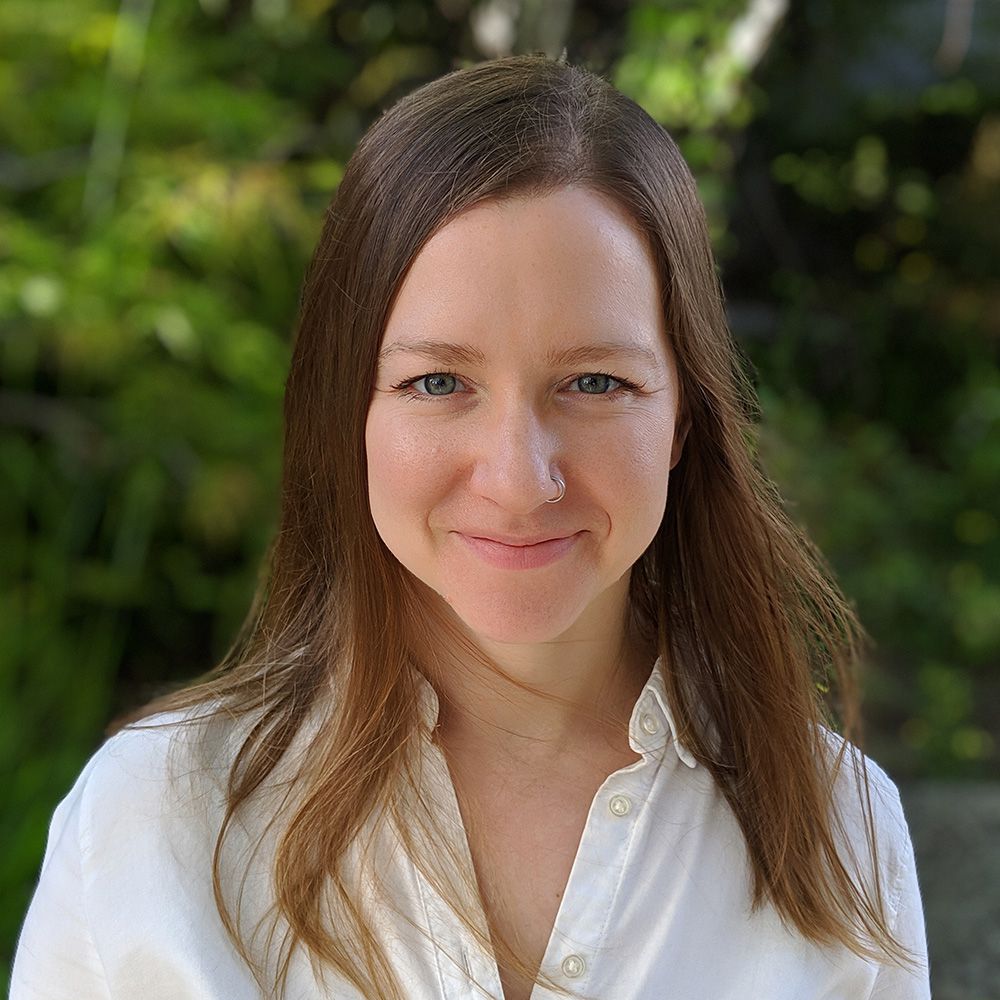 By
Hope Henderson
By
Hope Henderson
